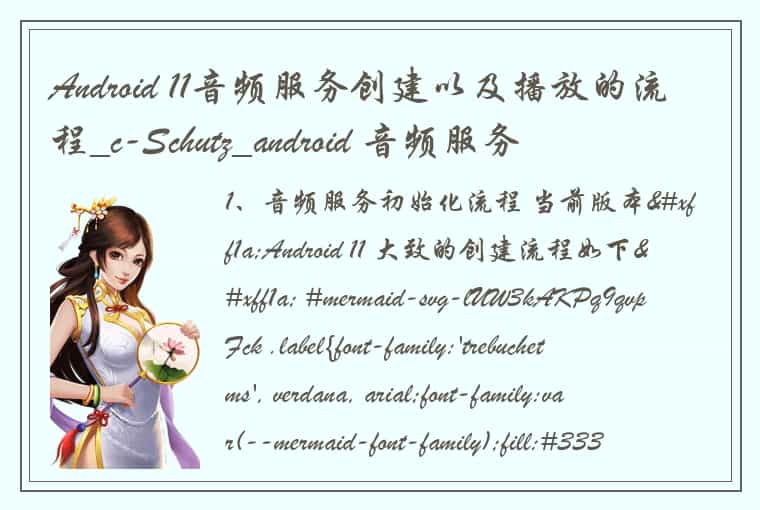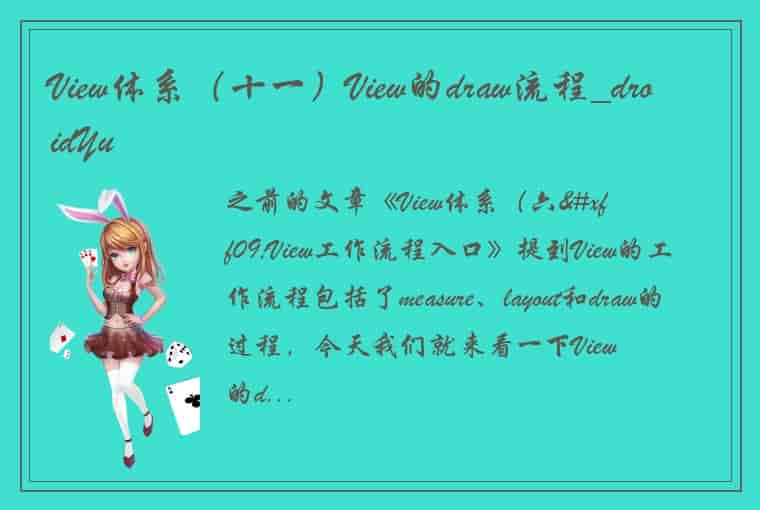简介: 有关于Android 实现应用内动态切换主题的常用方式有两种
通过Theme切换主题 通过AssetManager切换主题 本文主要介绍通过Theme切换主题。
通过Theme切换主题
Android 通过在activity中使用 setTheme()函数来设置背景样式,通过加载styles.xml里的样式来设置Android 应用的主题。(注意:需要在 setContentView(R.layout.activity_main);之前调用setTheme)
在开始制作主题之前我们先看下这张图 通过这张图我们可以了解到不同的字段代表的是哪一块的颜色,例如:
colorPrimary 代表的是 App Bar 的颜色。 colorPrimaryDark 代表的是状态栏的背景色。 我们也可以自己定制布局控件的颜色:
1. 在values文件夹下创建attr.xml ,在attr.xml写入属性名
<resources> ? ? <attr name="mainColor" format="color" /> ? ? <attr name="view1color" format="color" /> ? ? <attr name="view2color" format="color" /> ? ? <attr name="view3color" format="color" /> ? ? <attr name="button1color" format="color" /> </resources> 2. 在colors.xml 填入需要用到的颜色。
<resources>
? ? <color name="colorPrimary">#008577</color> ? ? <color name="colorAccent">#D81B60</color> ? ? <color name="colorPrimaryDark">#00574B</color> ? ? <color name="blue2">#006c93</color> ? ? <color name="blue1">#b4e1f1</color> ? ? <color name="blue3">#003CFF</color> ? ? <color name="blace">#000000</color> ? ? <color name="white">#FFFFFF</color> ? ? <color name="red">#fd0000</color> ? ? <color name="red2">#f96363</color> ? ? <color name="green">#04fd00</color> ? ? <color name="yellow">#D9B300</color> ? ? <color name="gray">#cecece</color> ? ? <color name="pink">#ff3542</color> </resources> 3. 在布局中引用样式,注意红框圈起来的部分
4. 在styles.xml文件下自定义主题样式 在这里写个例子示范。
? ? <style name="AppTheme" parent="Base.Theme.AppCompat.Light.DarkActionBar" > ? ? ? ? <!-- Customize your theme here. --> ? ? ? ? <item name="colorPrimary">@color/colorPrimary</item>// App Bar 颜色 ? ? ? ? <item name="colorPrimaryDark">@color/colorPrimaryDark</item>//状态栏颜色 ? ? ? ? <item name="colorAccent">@color/colorAccent</item>//控件选中状态下的颜色 ? ? ? ? <item name="android:windowBackground">@drawable/white</item>//窗口背景颜色 ? ? ? ? <item name="view1color">@color/blue1</item>//textview1的颜色 ? ? ? ? <item name="view2color">@color/red</item>//textview2的颜色 ? ? ? ? <item name="view3color">@color/yellow</item>//textview3的颜色 ? ? ? ? <item name="button1color">@color/blue1</item>//button的颜色 ? ? </style> parent 是指继承的主题风格, 常见的主题风格有:以下这些: android:theme="@android:style/Theme.Dialog" 将一个Activity显示为能话框模式 android:theme="@android:style/Theme.NoTitleBar" 不显示应用程序标题栏 android:theme="@android:style/Theme.NoTitleBar.Fullscreen" 不显示应用程序标题栏,并全屏 android:theme=“Theme.Light” 背景为白色 android:theme=“Theme.Light.NoTitleBar” 白色背景并无标题栏 android:theme=“Theme.Light.NoTitleBar.Fullscreen” 白色背景,无标题栏,全屏 android:theme=“Theme.Black” 背景黑色 android:theme=“Theme.Black.NoTitleBar” 黑色背景并无标题栏 android:theme=“Theme.Black.NoTitleBar.Fullscreen” 黑色背景,无标题栏,全屏 android:theme=“Theme.Wallpaper” 用系统桌面为应用程序背景 android:theme=“Theme.Wallpaper.NoTitleBar” 用系统桌面为应用程序背景,且无标题栏 android:theme=“Theme.Wallpaper.NoTitleBar.Fullscreen” 用系统桌面为应用程序背景,无标题栏,全屏 android:theme=“Translucent” 半透明 android:theme=“Theme.Translucent.NoTitleBar” 半透明、无标题栏 android:theme=“Theme.Translucent.NoTitleBar.Fullscreen” 半透明、无标题栏、全屏 android:theme=“Theme.Panel”
5. 实现读取配置文件设置主题
? ? private ?void setBaseTheme() { ? ? ? ? SharedPreferences sharedPreferences = getSharedPreferences( ? ? ? ? ? ? ? ? "com.example.test_preferences", MODE_PRIVATE); ? ? ? ? String themeType = sharedPreferences.getString("theme_type", "蓝色主题"); ? ? ? ? int themeId; ? ? ? ? switch (themeType) { ? ? ? ? ? ? case "蓝色主题": ? ? ? ? ? ? ? ? themeId = R.style.blueTheme; ? ? ? ? ? ? ? ? break; ? ? ? ? ? ? case "粉色主题": ? ? ? ? ? ? ? ? themeId = R.style.pinkTheme; ? ? ? ? ? ? ? ? break; ? ? ? ? ? ? case "彩色主题": ? ? ? ? ? ? ? ? themeId = R.style.AppTheme; ? ? ? ? ? ? ? ? break; ? ? ? ? ? ? default: ? ? ? ? ? ? ? ? themeId = R.style.blueTheme; ? ? ? ? } ? ? ? ? setTheme(themeId); ? ? } 使用SharedPreferences 来读取文件。根据读取的参数来设置主题 再次提醒,需要写在setContentView(R.layout.activity_main);之前
Android之基于AssetManager实现换肤方案AssetManager的addAssetPath负责将另一个apk的资源文件加载进当前应用,这里由于是api隐藏方法,采用反射方式调用。
查看addAssetPath方法注释,允许传递的路径为资源目录或者zip文件。
/** * Add an additional set of assets to the asset manager. This can be * either a directory or ZIP file. Not for use by applications. Returns * the cookie of the added asset, or 0 on failure. * {@hide} */通过实例化的AssetManager对象,生成插件包对应的Resources对象,拿到该对象即可操作插件包的相关资源文件。
private Resources pluginRes;//插件Resource对象 private String pluginApkPackageName;//插件Apk的包名 public ResPluginOnAssetManagerPattern initManager(Context curContext, String pluginApkPath) throws IllegalAccessException, InstantiationException, NoSuchMethodException, InvocationTargetException, PackageManager.NameNotFoundException, ClassNotFoundException { AssetManager assetManager = AssetManager.class.newInstance(); Method addAssetPath = assetManager.getClass().getMethod("addAssetPath", String.class); addAssetPath.invoke(assetManager, pluginApkPath); Resources curAppRes = curContext.getResources(); pluginRes = new Resources(assetManager, curAppRes.getDisplayMetrics(), curAppRes.getConfiguration()); pluginApkPackageName = UtilsSystem.getPackageNameThroughApkPath(curContext, pluginApkPath); return this; }想要获取插件包的资源,可以通过以下方式引用(这里仅给出string以及drawable的调用方式,其他资源类似):
/** * 获取ResID * * @param resName * @param resType * @return */ private int getResId(String resName, String resType) { if (pluginRes != null && !UtilsString.isEmptyBaseTrim(pluginApkPackageName)) { return pluginRes.getIdentifier(resName, resType, pluginApkPackageName); } return -1; } @Override public String getString(String resName) { return pluginRes.getString(getResId(resName, "string")); } @Override public Drawable getDrawable(String resName) { return pluginRes.getDrawable(getResId(resName, "drawable")); }源码地址:https://github.com/xiaoxuan948/AndroidUnityLab/tree/master/unity_base_dev_helper/src/main/java/com/coca/unity_base_dev_helper/plugin
参考文章:https://blog.csdn.net/qq_36674643/article/details/90546926
 1.本站遵循行业规范,任何转载的稿件都会明确标注作者和来源;2.本站的原创文章,会注明原创字样,如未注明都非原创,如有侵权请联系删除!;3.作者投稿可能会经我们编辑修改或补充;4.本站不提供任何储存功能只提供收集或者投稿人的网盘链接。 1.本站遵循行业规范,任何转载的稿件都会明确标注作者和来源;2.本站的原创文章,会注明原创字样,如未注明都非原创,如有侵权请联系删除!;3.作者投稿可能会经我们编辑修改或补充;4.本站不提供任何储存功能只提供收集或者投稿人的网盘链接。 |
标签: #Android #主题切换 #简介有关于Android #通过在activity中使用 #应用的主题




